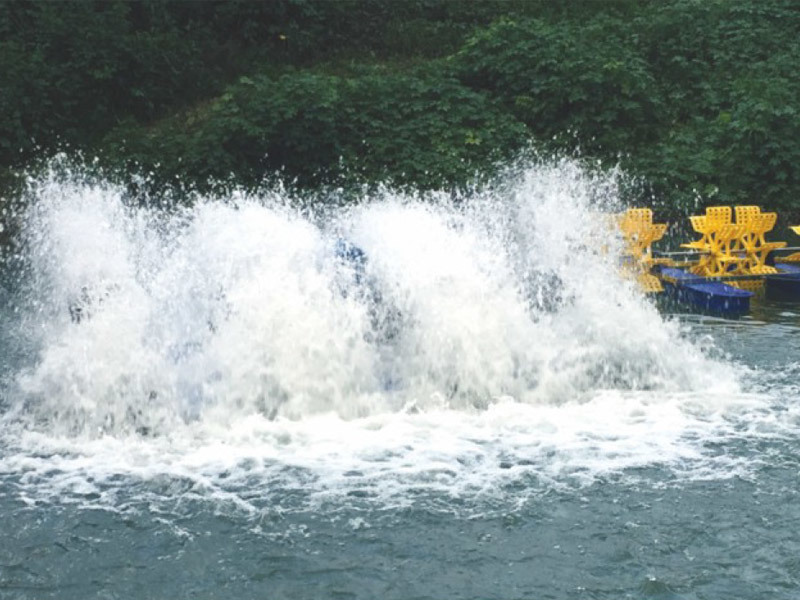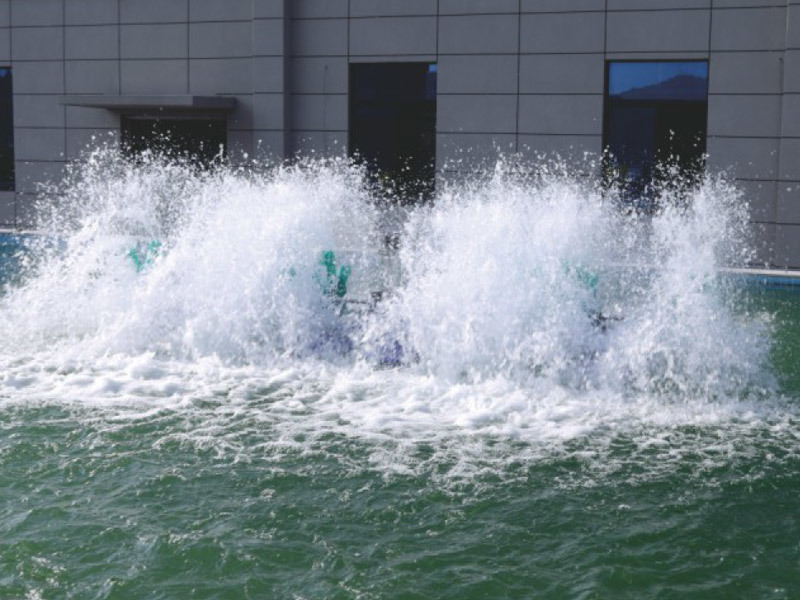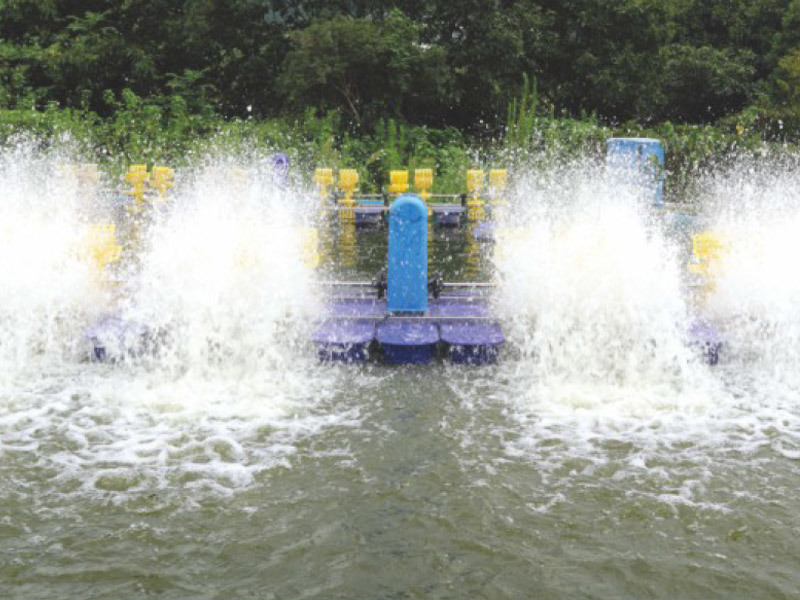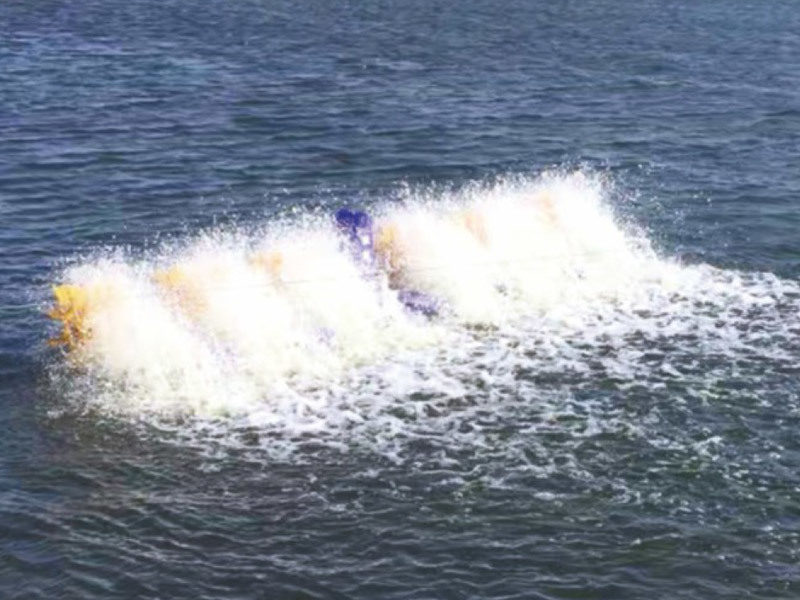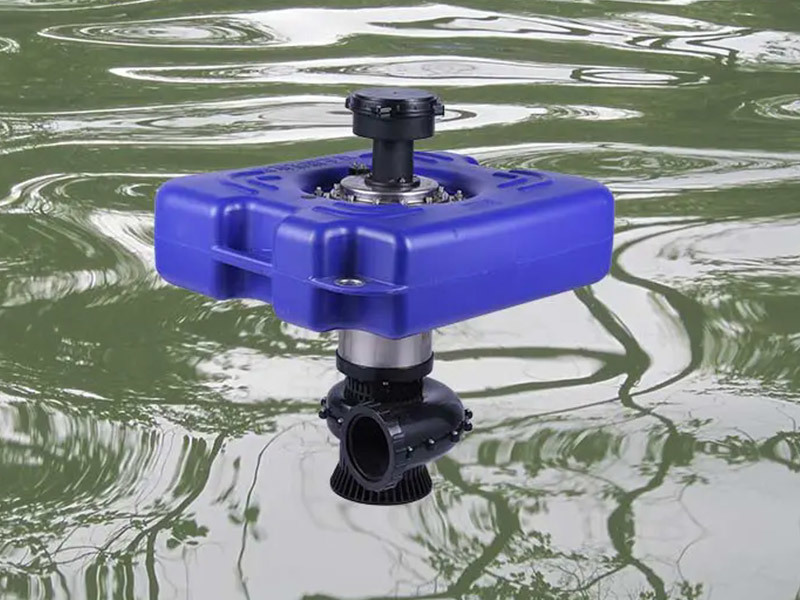Understanding The Principle And Oxygenation Mechanism Of Surge Aerators
May 14,2024
Wholesale Surge Aerator Manufacturing Exporter in China
Surge aerator plays a crucial role in water treatment and aquatic environments by enhancing the dissolved oxygen content in water bodies. Understanding the principles and mechanisms behind surge aerators is essential for comprehending their effectiveness in oxygenation. In this article, we will delve into the workings of surge aerators and explore how they increase the oxygen content in water.
Surge aerators operate on the principle of utilizing the kinetic energy of water to introduce air into the water column. Unlike traditional aerators that rely solely on mechanical pumps or blowers to deliver air, surge aerators harness the natural movement of water to create turbulence and agitation, thereby facilitating oxygen transfer from the atmosphere to the water.
The primary mechanism through which surge aerators increase the oxygen content in water is by promoting gas exchange at the air-water interface. As water flows over the aerator, it undergoes turbulence and splashing, causing surface agitation and disruption. This turbulence creates a large surface area of contact between water and air, allowing oxygen molecules from the atmosphere to dissolve into the water and carbon dioxide to be released into the air.
Furthermore, the rapid mixing and churning action induced by surge aerators help distribute oxygen-rich surface water throughout the water column. As water is drawn into the aerator and ejected back into the water body, it carries dissolved oxygen from the surface layers deeper into the water, effectively oxygenating the entire water column.
The efficiency of surge aerators in oxygenation is influenced by various factors, including the design and configuration of the aerator, water flow rate, depth of water body, and environmental conditions. Optimizing these parameters is essential for improving oxygen transfer and ensuring effective water oxygenation.
The design of surge aerators typically incorporates features such as inclined ramps, weirs, or baffles to enhance turbulence and mixing. These elements help break up surface water into smaller droplets, increasing the contact area between water and air for efficient gas exchange.
Water flow rate plays a critical role in determining the oxygen transfer efficiency of surge aerators. Higher flow rates result in increased turbulence and agitation, facilitating greater oxygen transfer. However, excessive flow rates may lead to energy wastage and undesirable water turbulence, requiring careful calibration to achieve performance.
The depth of the water body also affects the effectiveness of surge aerators, as deeper water requires greater energy input to achieve adequate oxygenation. Surge aerators are commonly deployed in shallow water bodies such as ponds, lakes, reservoirs, and wastewater treatment lagoons, where their oxygenation capabilities are beneficial.
Environmental conditions, such as temperature, wind speed, and humidity, can also impact the performance of surge aerators. Higher temperatures accelerate oxygen consumption by aquatic organisms and reduce the solubility of oxygen in water, necessitating increased aeration rates to maintain adequate oxygen levels.
In summary, surge aerators operate on the principle of harnessing the kinetic energy of water to promote gas exchange and increase the dissolved oxygen content in water bodies. By creating turbulence and agitation, surge aerators facilitate efficient oxygen transfer at the air-water interface and distribute oxygen-rich water throughout the water column. Understanding the mechanisms behind surge aerators is essential for optimizing their performance and ensuring effective water oxygenation in various aquatic environments.
Latest News




